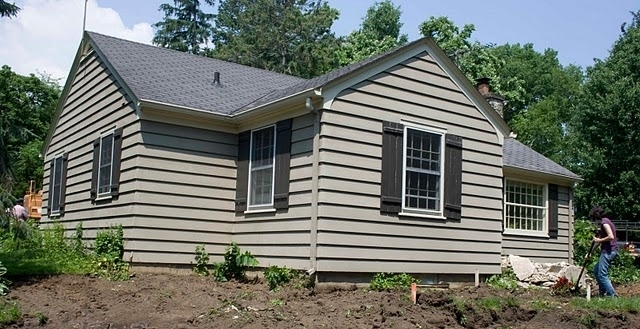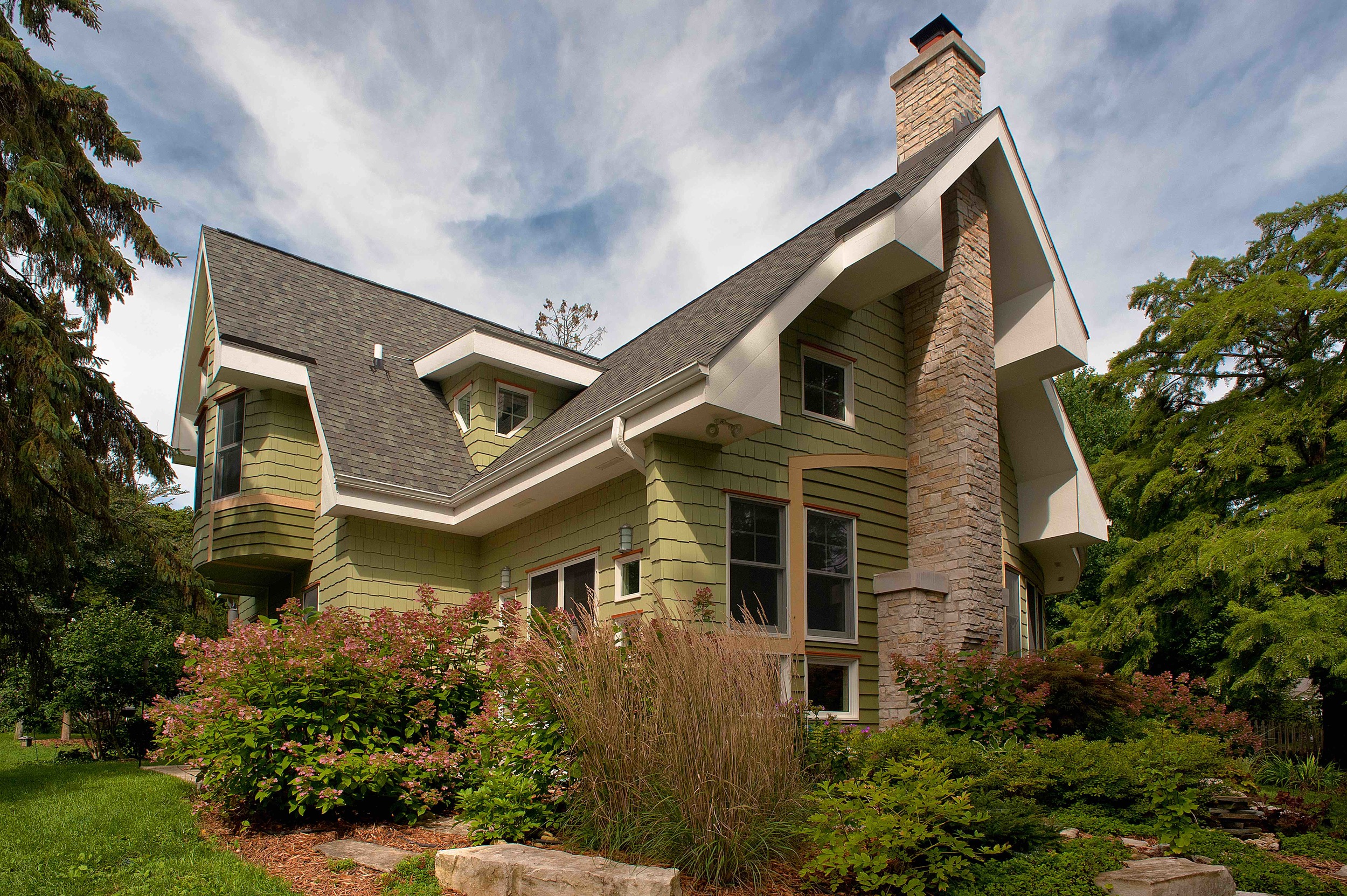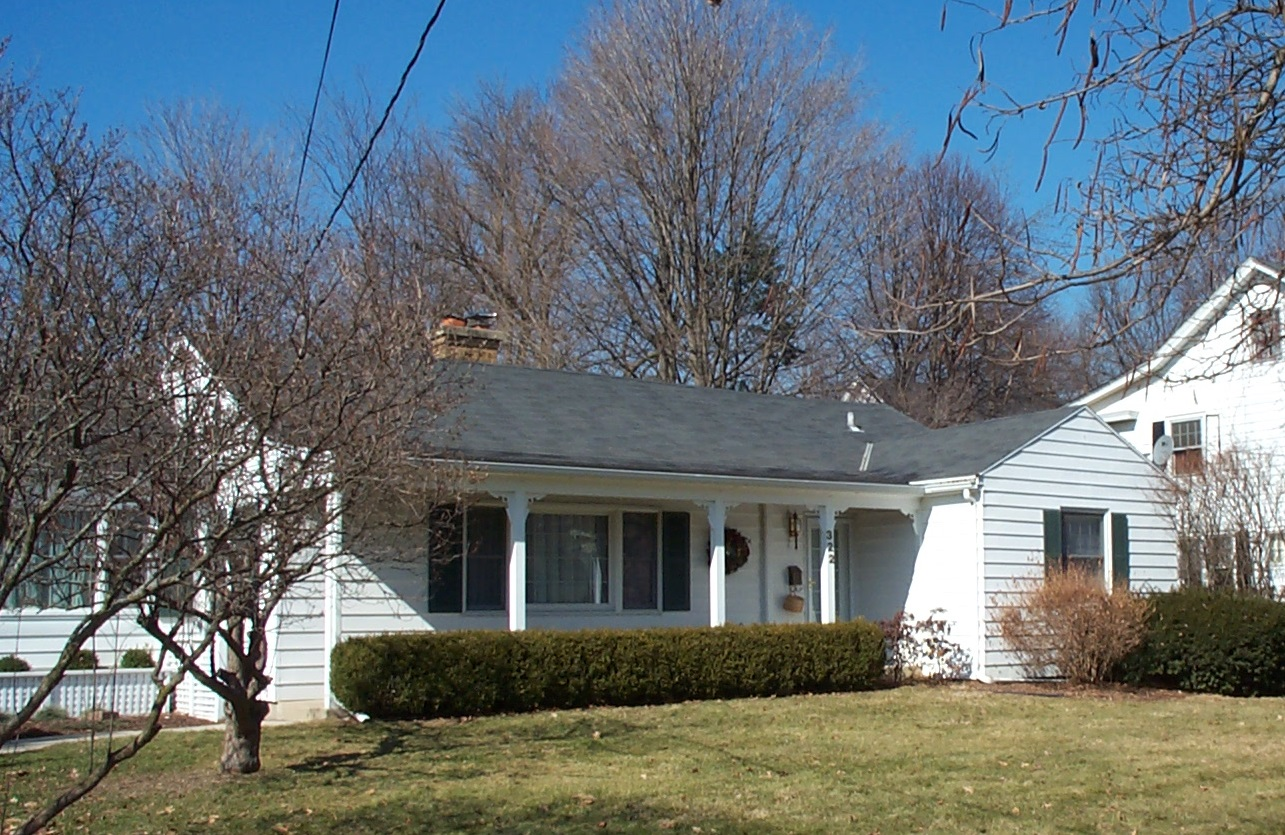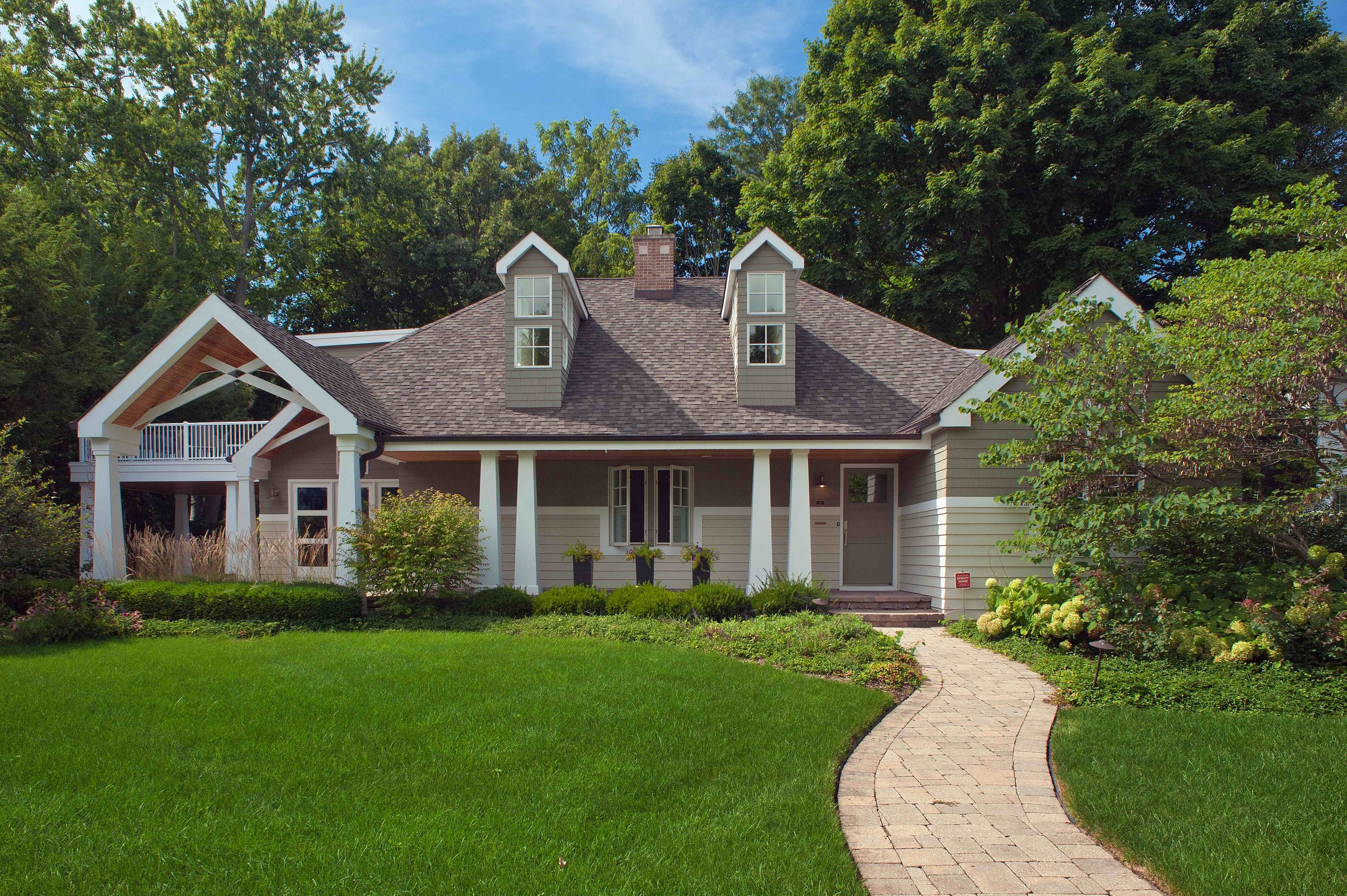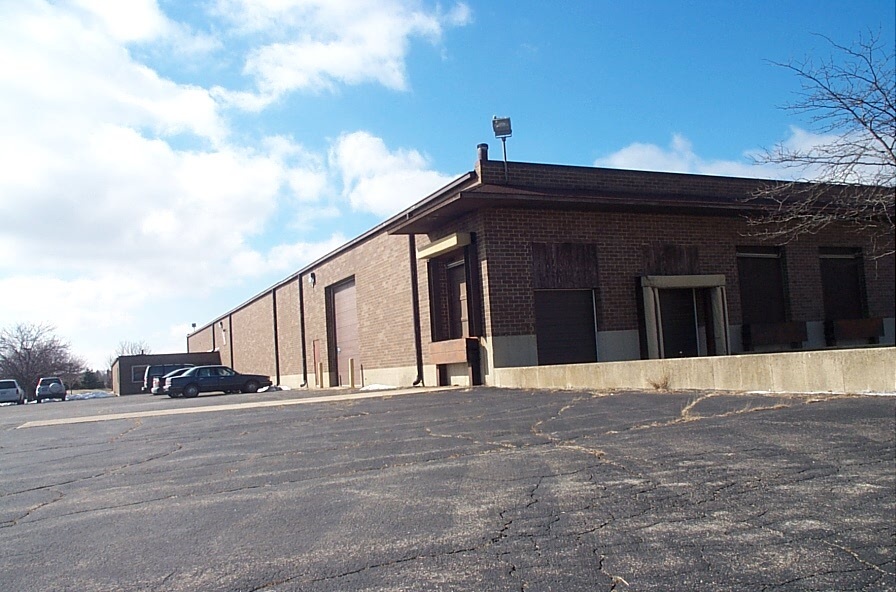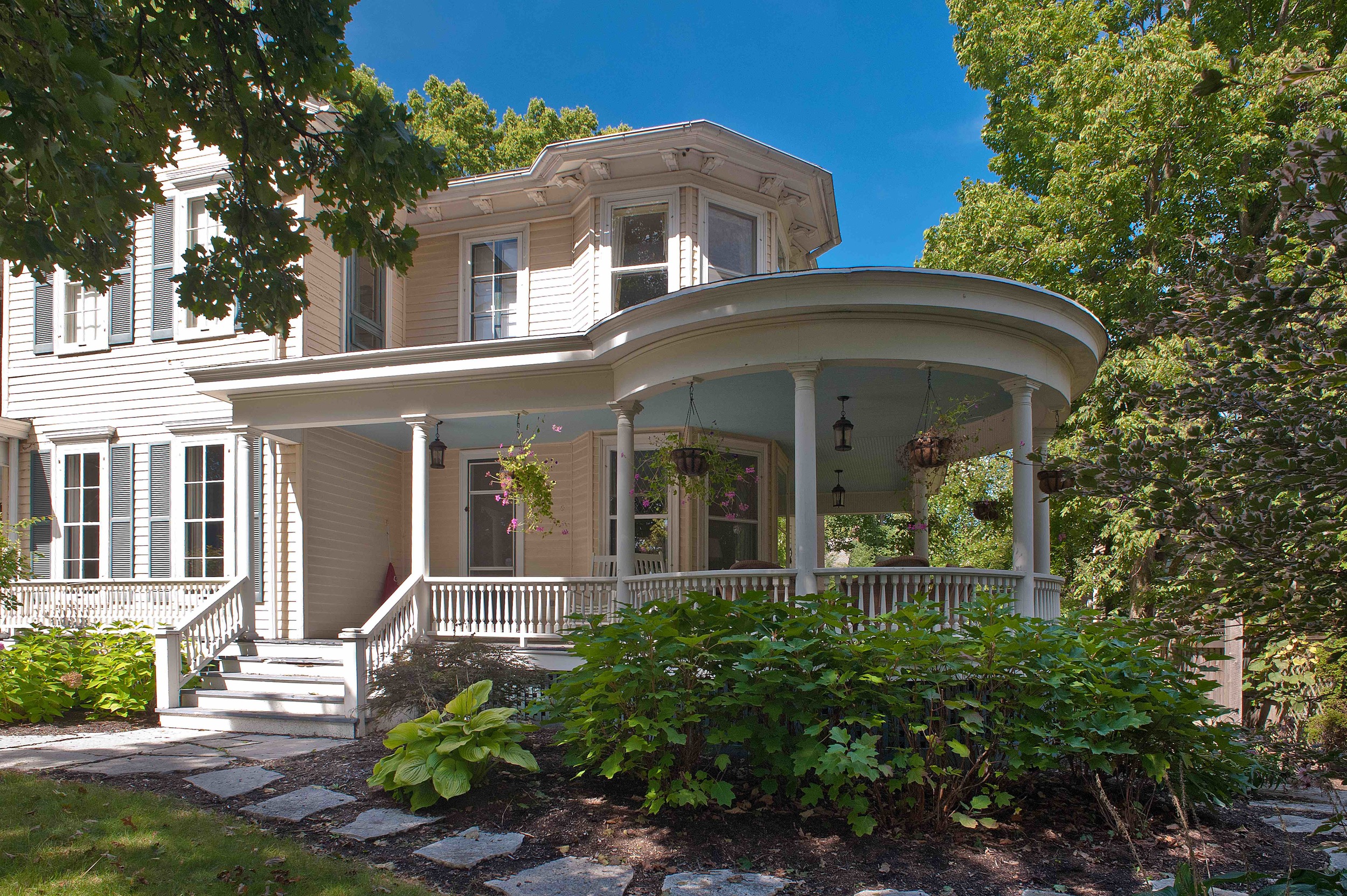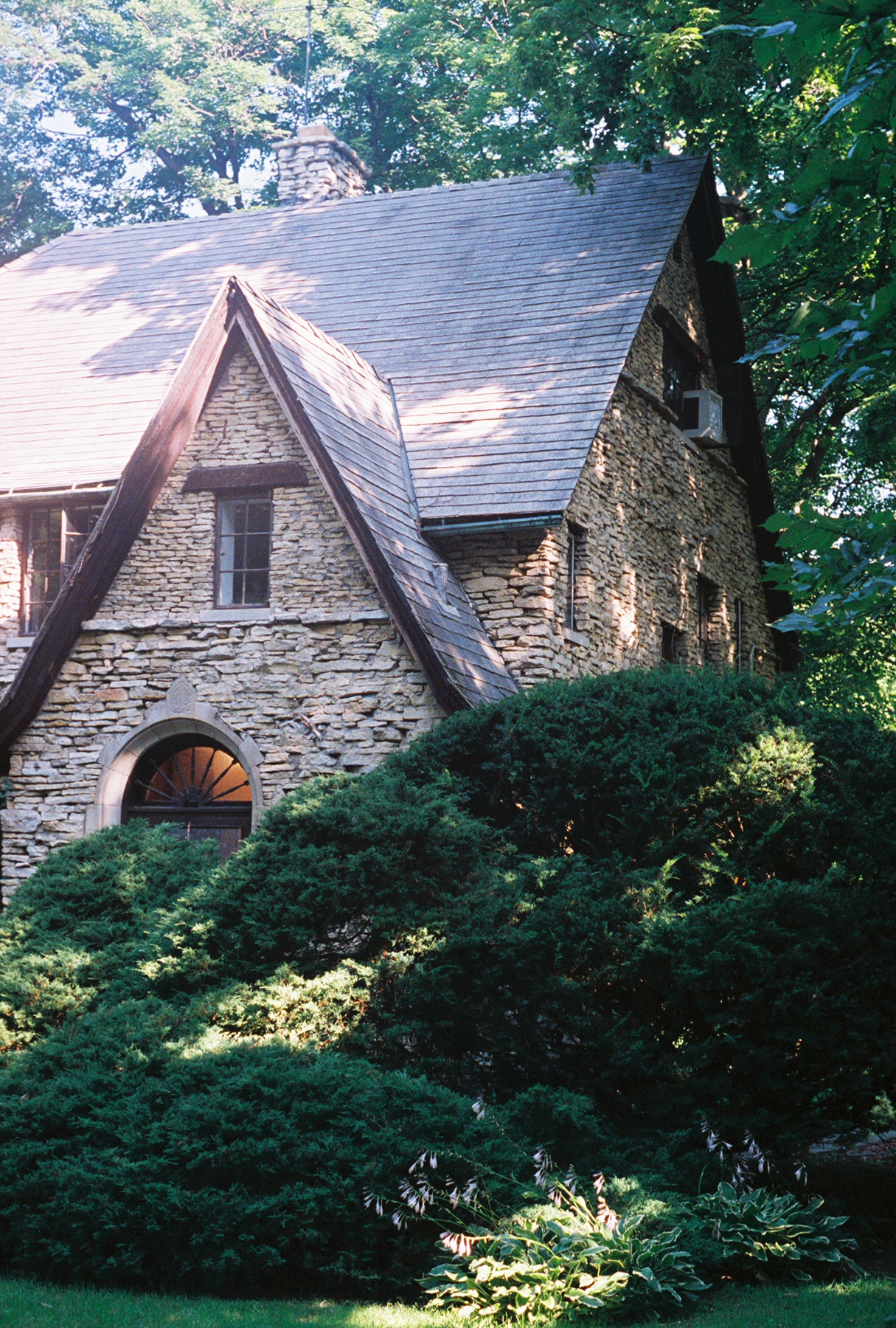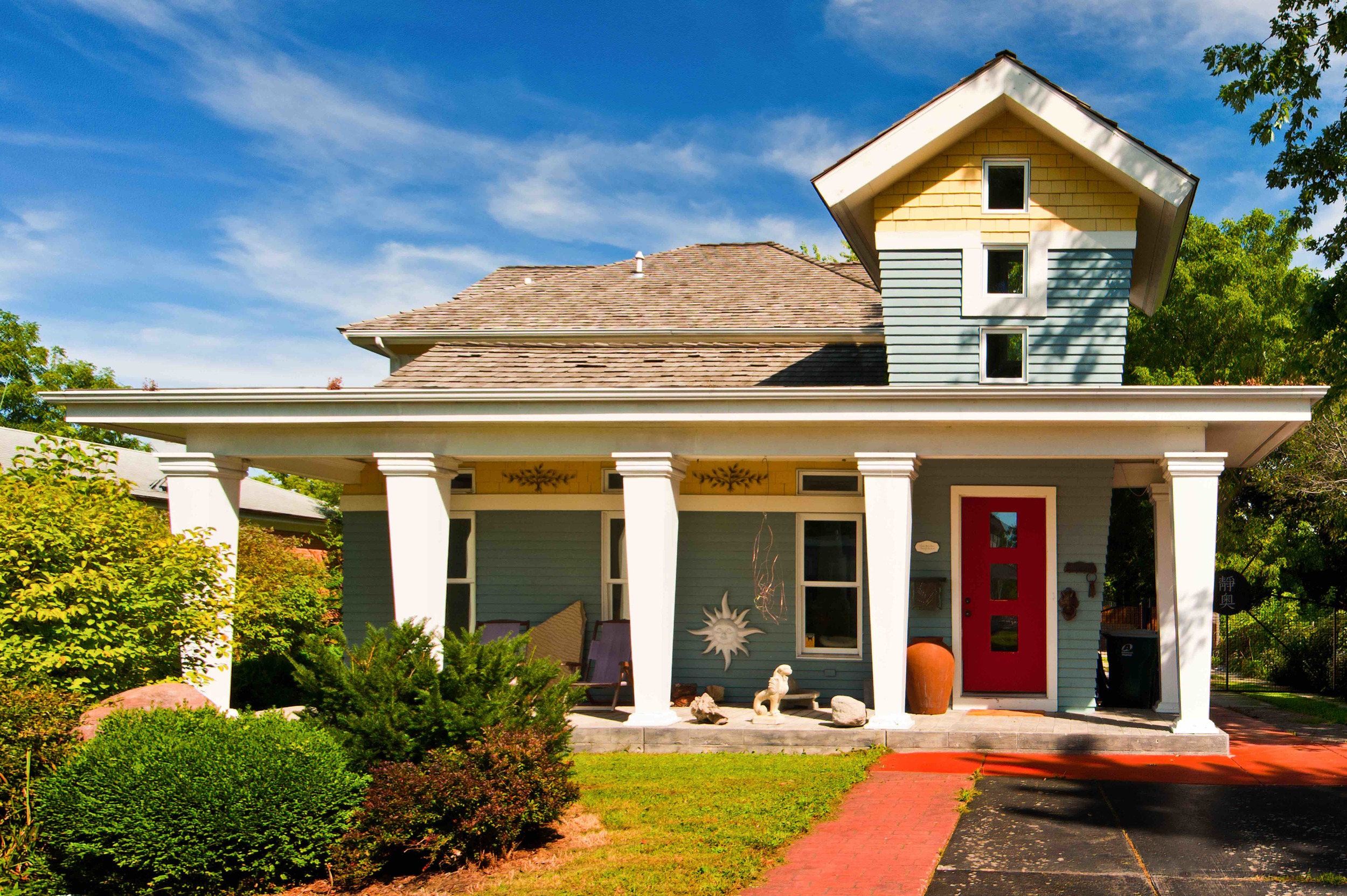“Nothing bothers me more than a remodel that screams, ‘I’m an addition!’”
It is entirely possible to take a tiny ranch built decades ago and reshape it into a multilevel dream home. An abandoned warehouse can be transformed into your funky industrial chic place of business. Converting outdated and characterless structures into livable, workable, beautiful spaces is what remodeling is all about.
All remodeling projects start with grasping the big picture. We need to know all the parameters that may restrict our abilities to expand or remodel. This means understanding local building codes about things like property line setbacks and how much of the lot can a building cover. If the property is in a historic district, your remodel will have to accommodate those guidelines as well.
It’s also important to study and understand how the existing structure is built. This is especially critical for older homes that may not comply with current codes. Existing features like staircases and fireplaces, as well as structural loads and mechanical systems all factor into a remodeling design.
Working through extensive challenges isn’t impossible. You can do anything if you throw enough money at it. But what’s important is to use your budget judiciously. For example, it may cost $3,000 to move the electrical service meter, which is fine. But $3,000 will buy a hell of a great whirlpool tub. You don’t want to move the meter if you don’t have to. However, I also don’t want to bastardize a design in order to save a few dollars, but there are times in which function will trump existing conditions. For example it may cost more to move a bathroom, but it will result in a much nicer master suite that you’ll be happier with long-term.
A building’s existing scale and materials are also key factors in a redesign project. It’s very important to consider things like the existing rooflines, siding, and windows. A remodel may require customized features to fit an existing façade. Nothing bothers me more than a remodel that screams, “I’m an addition!” Paying attention to a building’s existing details and proportions creates designs to avoid that.
With an extensive remodel plan you may ask why not just tear it down and start over? Most homes don’t require bulldozing. At the least, the existing foundation has value. There may be some special rooms that are nice. There are also times that by remodeling you get certain tax advantages and code interpretations.
Existing buildings often possess character you want to keep. If your home has a certain charm, you want your remodel to maintain and enhance it. If a house lacks character, we’ll work with the bones to create one. In those instances I look at a home’s current layout and try to make a connection to a new style we can adapt that will be believable and plausible for the house. I often refer to the Field Guide to American Houses for examples and ideas.
The same tenets apply to commercial buildings. Remodeling can include imaginative repurposing while still reflecting the building’s passage through time. There are fun ways to honor the past while moving the building forward to the next generation.
A great remodeling project becomes part of the building’s story. Writing the next chapter is what great design is all about.


